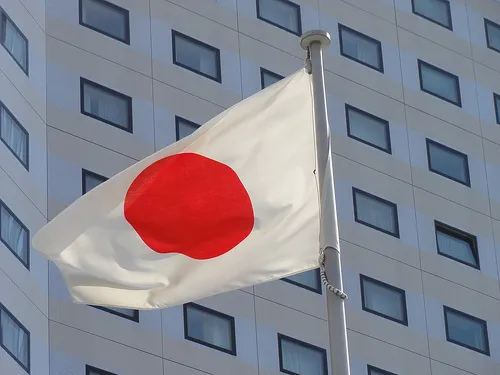
Watching inflation minus food and energy as indicator for Japan economy proposed
The government has three inflation indicators currently.
Japan’s government currently releases three inflation indicators: headline inflation, ‘core’ inflation (headline inflation minus fresh food), and core-core inflation (headline inflation minus food, alcoholic beverages and energy).
According to a research note from Standard Chartered, so-called ‘core’ inflation is the BoJ’s primary inflation measure, and its inflation forecasts and 2% inflation target are based on it. Japan has been criticised for the discrepancy between its definition of ‘core’ inflation and the standard international definition (which excudes food and energy prices).
Standard Chartered recommends watching a fourth measure, inflation excluding fresh food and energy.
Here's more from Standard Chartered:
Falling global energy prices since late 2014 have impeded the BoJ’s efforts to end deflation. Core inflation has been negative since August 2015, and the BoJ has started to stress the importance of monitoring various inflation indicators to assess the underlying inflation trend.
Among these is inflation excluding fresh food and energy, which has exceeded 1% since August 2015. In November 2015, the BoJ started to release its own calculation of inflation excluding fresh food and energy (in line with our preferred measure) after the official inflation release.
We see a possibility that the central bank will adopt this as its main inflation measure in 2016. According to a recent paper by the BoJ’s research department, this indicator tracks the business cycle more closely and is more sensitive to output gap changes.
While the prolonged oil-price decline may continue to push down headline inflation, this measure of underlying inflation is likely to remain stable in the coming months. This indicates less need for the BoJ to ease further in the near term, which is our core scenario.
The government will also start to release rebased CPI data in 2016, and is likely to include the BoJ’s new ‘underlying’ inflation indicator in regular inflation releases in the future. It is difficult to predict how the rebasing will alter affect the inflation trend, as the government will adjust some items in the CPI basket.
Japan’s ageing population is one factor being taken into consideration – for example, the government has decided to add hearing aids to the 2016 CPI basket, while dropping school lunches and tennis-court fees.








![Cross Domain [Manu + SBR + ABF + ABR + FMCG + HBR + ]](https://cmg-qa.s3.ap-southeast-1.amazonaws.com/s3fs-public/styles/exclusive_featured_article/public/2025-01/earth-3537401_1920_4.jpg.webp?itok=WaRpTJwE)









 Advertise
Advertise


